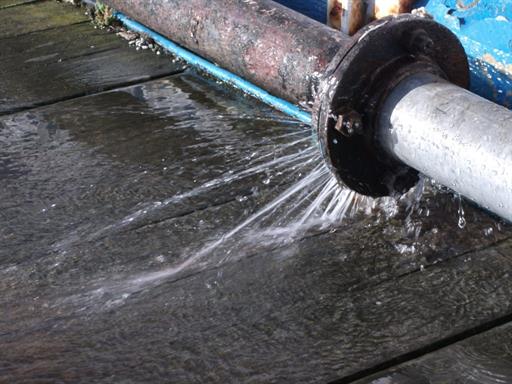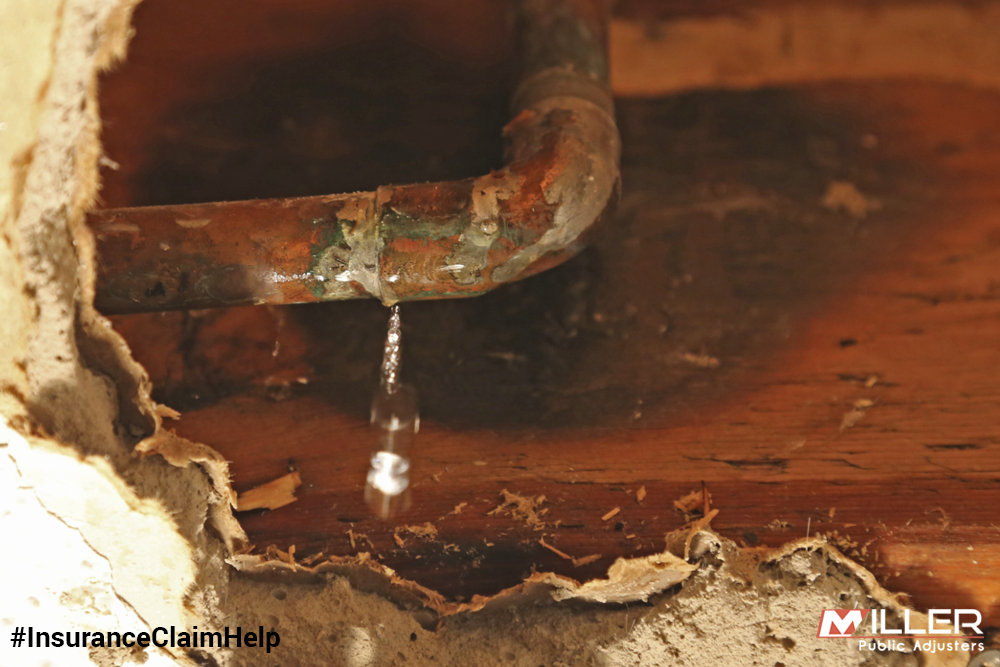Just about everyone is bound to have their own assumption involving Water Damage Restoration Do’s And Don’t.

What should you do if a pipes bursts in your house, developing a mini-waterfall and flooding a location of your home? In this situation, you have to act fast. The longer you wait, the a lot more extreme the water damage in your residential property. When an emergency like this occurs, clearheadedness is vital. For these reasons, you need to discover what to in case of a burst pipes. Due to the fact that time is of the essence, check out the complying with pointers listed below to help you act quick.
Shut Off the Key Waterline Shutoff
The first thing you have to do is shut the shut-off shutoff. Try to find the regional shut-off shutoff to turn-off water in one certain location only. If you don't know where the local shut-off shutoff to the component is, you need to turn-off the major waterline shutoff. This will certainly remove the water in your entire home. Typically, the primary valve is found outside the home alongside the water meter. If it's not there, you can additionally locate it in the cellar at an eye-level or it could be in the 1st floor on the ground. Commonly, building contractors but the shut-off shutoff generally ground degree restroom or best next to it.
Call Water Damage Reconstruction Pros for Aid
After shutting the water source, call the pros for aid. This is not something you can conveniently DIY because they require to fix the pipelines as well as deal with the problems to your residential property. Look for help from a reputable business offering 24/7 emergency services. With their specialist assistance, you can mitigate worsening because water can permeate with your points leading to warped walls, loose floor tiles, or damage framework. Don't take this trouble lightly as well as seek career guidance for full assurance.
Document the Damages For Insurance policy
As you are waiting on the pros to get here, document the damages caused by the wayward pipeline. Take pictures as well as videos of whatever. Do closeup shots of prized possessions. These things will certainly act as proof for your property owner's insurance policy. Staying positive with this permits you to file a claim for insurance coverage, which will assist you and also your family return on your feet.
Salvage Things That Can Be Conserved
When you're done taking photos, read the items as well as obtain the most crucial ones from the pile. Dry them off and try to maintain as high as you can. Drag them away from wetness so they can start to dry out.
Begin the Drying Refine
While waiting for the pros, you can begin the drying out process. The good news is, water from your waterlines are clean so you don't need to bother with sewer water. The streaming water might have interrupted the dirt and debris in your floorboards and also carpetings. So be prepared with gloves as you use buckets to dispose out the water. Blot out as much as you can with old towels. You can likewise activate an electrical follower or open windows to promote air circulation. This will speed up drying as well as prevent mold and mildew and also mold development.
Professionals are the just one qualified to repair the burs pipes and succeeding damages. And bear in mind, pipelines don't simply unexpectedly burst. You will generally see red flags like gurgling paint, weird sounds in the plumbing, mildewy odor, caving ceiling, peeling off wallpaper, or water spots. Pay attention to these points, so you can nip any concerns in the bud.
What should you do if a water pipeline bursts in your home, producing a mini-waterfall and swamping an area of your residence? For these reasons, you need to discover what to in situation of a burst water pipeline. After shutting the water source, call the pros for aid. With their professional help, you can minimize exacerbation because water can permeate with your things resulting in deformed baseboards, loosened ceramic tiles, or damages structure. Thankfully, water from your waterlines are tidy so you do not have to worry regarding sewer water.
BROKEN WATER PIPES: COST TO REPLACE & WAYS TO FIX A PIPE
CAUSES OF A BROKEN WATER PIPE
A water pipe can break for several reasons depending on the environment you live in, type of pipe, and circumstances.
The most common cause of broken pipes is freezing. If you live in a colder climate, this could happen. When water freezes it increases in volume by 9% and the pressure in the pipes can go from 40 psi to 40,000 psi. Clearly, this could be detrimental to the pipes. Water freezing causes quick expansion, which puts stress on the pipes and could lead them to crack or weaken. When water thaws, it will leak out the cracks. Other changes in water pressure can also cause breakage. Another common cause of broken water pipes is age.
Depending on the material, water pipes can last anywhere from 70-100 years. But the older they get, the more susceptible they are to weakening and corroding. Older pipes coming into contact with another material could speed up the corrosion process as well. PVC pipes can become brittle with age, while copper is prone to corrosion and stress over time. Something that could also potentially break water pipes is when they move. They may move from construction or the house settling. Moving can stress the fixed pipe which may lead to a leak or burst pipe.
HOW MUCH WATER COULD LEAK INTO YOUR HOUSE FROM A BROKEN PIPE?
The amount of water that leaks depend on how big the break in a pipe is. If it is just a minor crack, water will slowly leak out. This isn’t as serious as a full broken pipe, but it can still cause significant damage to your home. Burst pipes can leak up to 10 gallons of water per minute. The amount of water leaked also depends on what appliance is involved. The water line to your refrigerator can leak ½ to 1 gallon per minute depending on water pressure. One toilet supply line may leak 2-3 gallons a minute and a washing machine hose will leak up to 10-12 gallons per minute.
TURN THE WATER OFF
Doing this first is imperative; everything else can wait. You need to deactivate the water supply to stop the flow of water and prevent more water from leaking into your home. Shutting off the water could potentially save you thousands in water damage repairs. Locating the water shutoff valve depends on the climate you live in. For colder climates, the valves are usually inside, such as in the basement. For houses in milder weather, the shutoff valves will probably be outside—either attached to an exterior wall or in an underground box with a removable lid.
OPEN A FAUCET
The next thing to do is to open a faucet or turn on a sink. This will relieve any remaining water pressure in the pipes and ensure a full-shut down.
GET RID OF THE WATER
The quicker you get rid of the water, the less water damage and mold there could be. Use a mop and a shop vacuum to help get clean up the water. Use towels to dry everything the best you can.
CUT AND REMOVE THE DAMAGED PIPE
Once you have shut off the water and drained the damaged water pipe, you can begin to fix the issue. Cut out the damaged section of the pipe with a pipe cutter, ensuring that you also cut one inch extra on each side of the damage. Once you get rid of the broken part of the pipe, you may begin repairs.
https://www.wmhendersoninc.com/blog/broken-water-pipes-cost-to-replace-ways-to-fix-a-pipe/

We were shown that write-up about Water Damage Restoration Do’s And Don’t through an associate on our other site. Are you aware of someone else who is in to the subject? Take a moment to share it. We appreciate reading our article about The Do’s And Don’ts When Water Floods Your Home.